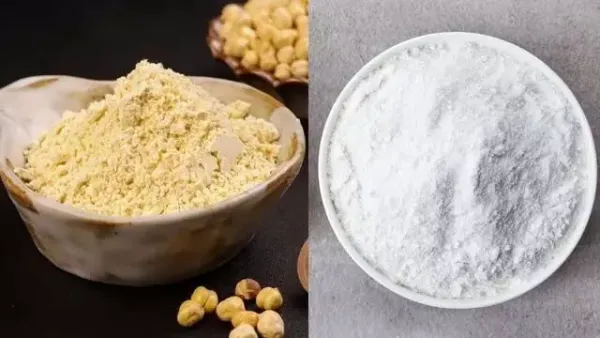
Whether it is eaten with a relaxed cup of tea or with a fresh cup of coffee, pakoras are a way of bringing people together, making moments of warmth and solidarity. However, achieving that perfect crispness can be a challenge. While gram flour is a traditional option in the Indian kitchen, some people consider rice flour as more crunchy pakoras.
But what is the science behind it? Is only the use of rice flour the key to making crunchy pakoras or can gram flour give a street-style texture on its own? While stepping into the world of pakoda, let’s learn about the properties of gram flour and rice flour and check the effects of the use of either of them.
Gram flour for pakoras: Besan used in Indian kitchen is known for its binding properties and specific nuts taste. Although it is perfect for making warmth and stomach pakoras, the tendency to absorb gram flour oil can make them a little soft. For traditional onions or potato dumplings, gram flour is a reliable option. However, to get an additional crisp texture, another material may have to be mixed in gram flour to increase its natural benefits.
Rice flour for pakoras: Rice flour provides a unique advantage in making pakoras due to its gluten-free and light properties. It absorbs less oil and gives a delicate, crisp crust that breaks with every nervale. Mixing a little rice flour in the solution brings a lot of glow in the texture, making pakoras light and crisp. This secret material is often used to make delicious, lubricated pakoras in hawkers and restaurants that delight the senses.